Updated: Putin is widening his weaponization of the ZNPP and there are breaking news reports alleging Russia has told workers not to show up on Friday, August 19th — and that Russia is threatening to shut down the ZNPP entirely. The (likely) false flag games continue — and Putin’s Nuclear Force Z may be hitting its stride.
by Jonathan Sweet and Mark Toth, Guest Authors.
Bastogne, Berlin, El Alamein, and now Zaporizhzhia. More than merely longitude and latitude coordinates on a map or battle plan, they symbolize portentous moments in history when human liberty or tyranny is in the balance. The Zaporizhzhia Nuclear Power Plant (ZNPP) in Ukraine is in essence a fulcrum whereupon Europe and the free world must decide whether illegal Russian military aggression and crimes against humanity – including those in Bucha, Mariupol, and Kharkiv – are to be Europe’s accepted new norm or whether NATO draws a line in the sand in defense of freedom and against the militarization of a civilian nuclear power facility.
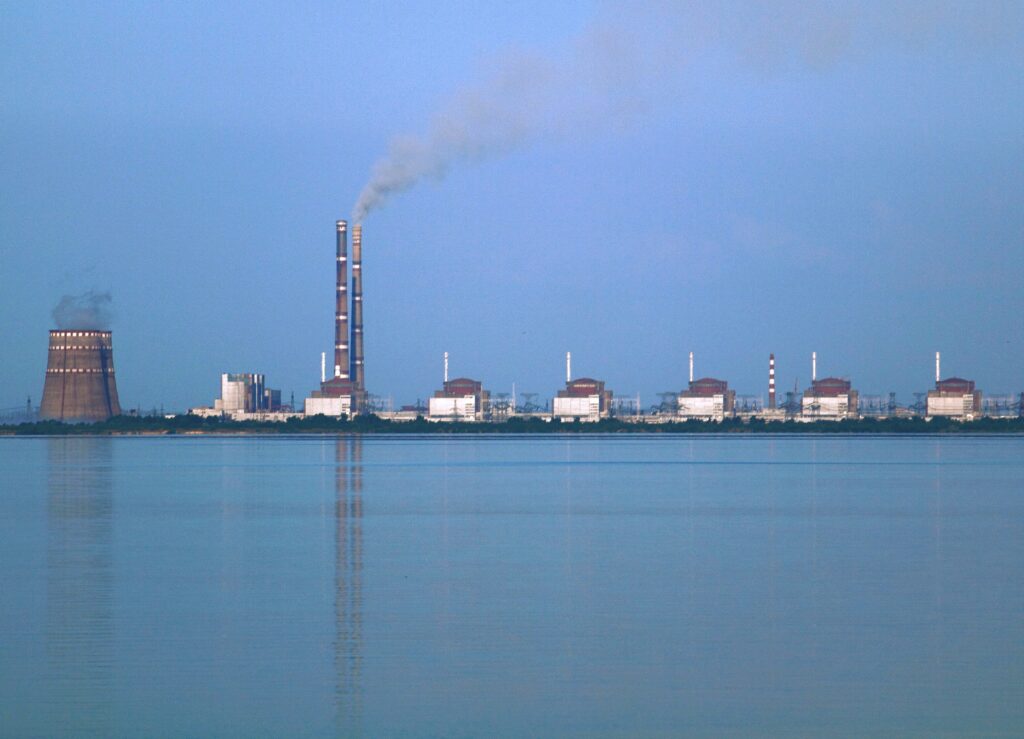
Pre-war, the ZNPP complex accounted for one-fifth of Ukraine’s entire electrical power grid. Strategic in value as a military asset to control or deny Ukrainian President Volodymyr Zelensky power supply, the ZNPP’s six water-cooled reactors and estimated 5,500+ spent fuel-rod assemblies have been under Moscow’s military control since Russian forces seized and occupied the installation in early March.
In recent weeks, however, Russian operation of the ZNPP has devolved into Moscow using the installation as a platform to conduct (likely) false flag operations against Kyiv by shelling their own positions at the complex. In doing so, Moscow is turning the nuclear installation into the epicenter of Europe’s first potential continent-wide military clash in half a century since the Berlin Crisis – a crisis that resulted in the building of the Berlin Wall. What was likely intended as an occupation to secure the ZNPP and leverage Zelensky in negotiations for surrender in late February and early March, has transitioned into an insurance policy – a bargaining chip, for political survival should Russia fail to achieve their ‘objectives’ in Ukraine.
To date, Russian President Vladimir Putin’s ‘special military operation’ has been largely confined within the borders of Ukraine and occupied territories seized by Russia in 2014. However, as Ukraine increasingly is stalemating Moscow in Donbass and threatening a major counteroffensive in and around the Kherson Oblast to retake the key port city of Kherson (and forestall any future Russian move on Odessa to the west), the Kremlin has, in effect, weaponized the ZNPP in flagrant violation of the Geneva Convention’s Article 56 of Protocol I – and in the process transformed the complex into the nuclear equivalent of Putin’s Force Z.
In July 1961, while addressing the Berlin Crisis in the face of threatened Soviet and East German aggression during a televised broadcast to the American people, then-President John F. Kennedy (JFK) noted that West Berlin had, “become – as never before – the great testing place of Western courage.” In August 2022, Zaporizhzhia is the test of our own times – as are the ZNPP’s radioactive daggers Putin is now squarely aiming at Kyiv and all of Europe.
Kennedy also noted – presciently, in retrospect, in terms of the global crisis the free world now faces in standing up to a resurgence of totalitarian regimes – “That the immediate threat to free men is in West Berlin,” while observing the Soviet ultimatum was not an “isolated problem,” but rather that “The threat is worldwide.” The same can be said of ZNPP. The ‘immediate threat’ today is in Ukraine; however, its culmination will be global in effect.
How, indeed if, the US, NATO, EU, and the United Kingdom react will be heard loud and clear in Beijing, Tehran, and Pyongyang. Kennedy was willing to draw a clear red line in 1961 – and the time has come for the west to boldly draw a red line for Putin in Ukraine using the ZNPP as its non-negotiable starting point.
Putin needs to hear from US President Joe Biden, the British Prime Minister, the EU, and NATO, what Kennedy said in his speech pushing back against Nikita Khrushchev, “We do not want to fight – but we have fought before.” Kennedy was willing to escalate – and did so repeatedly throughout his presidency, including during the Cuban Missile Crisis. It is a doctrine Putin will inherently understand – and indeed shares in theory given the Gerasimov Doctrine – and it is one that potentially will determine, in part, the fate of Taiwan and other countries and regions threatened by totalitarian regimes.
Biden, as the titular head of the free world, and Europe are now at the same decision point Kennedy once faced. Europe can no longer risk what is arguably the Biden administration’s prevailing “just enough” strategy in Ukraine – not when facing down another Chernobyl-like nuclear fallout disaster. If the west and Washington stay this course, then Putin, in classic Clausewitz military theory, will have achieved a culminating nuclear escalation without any consequence.
The west’s urgent challenge now regarding the ZNPP is to transform what Kennedy described in his speech as the “untenable” into the “tenable.” Direct action in terms of militarily retaking the nuclear facility is not an acceptable course of action; one misplaced round could easily cause a catastrophic humanitarian and environmental disaster. While the ZNPP’s six reactors are markedly safer than Chernobyl’s – including “pressurized (VVER) water reactors with containment structures to prevent radiation leaks” in the event of an aviation disaster at the site – kinetic munitions are far more powerful and the risks of causing an uncontrollable meltdown either in the reactors or the onsite spent-fuel cooling pools and spent-fuel dry storage facility are too great.
Biden and the west would do well to remember Kennedy’s assessment of the Berlin Crisis and channel it into their calculus of addressing Putin’s weaponization of the ZNPP: “I hear it said that West Berlin is militarily untenable. And so was Bastogne. And so, in fact, was Stalingrad. Any dangerous spot is tenable if men – brave men – will make it so.”
NATO and the free world simply cannot allow Putin to hold democracy hostage. Brave men would not – nor would JFK. A nuclear ‘accident’ would have implications well beyond the borders of Ukraine and cannot be tolerated. Both NATO and the US have stated they would not put ‘boots on the ground;’ however, the situation at the ZNPP has changed the equation. Self-imposed constraints have run their course – and much more is now at stake.
The best way forward in defense of democracy will make many people uncomfortable – especially the Doomsday crowd or Putin apologists – but the national security risk for the west of doing nothing in the face of tyranny is existentially unacceptable. There is simply no longer room for ‘escalation paralysis.’
To date, the International Atomic Energy Agency (IAEA) has been ineffective in pressuring Putin to stand down from occupying the ZNPP – and the United Nation’s Security Council is no longer a means of recourse for the west, given Russia’s permanent member status and veto power. Moreover, despite 42 countries calling for Russia to withdraw, Putin’s hand is only strengthened. The Kremlin well understands its military presence poses a threat to the ZNPP and its safe operation – despite the Russian Foreign Ministry’s assurances otherwise to the IAEA.
Putin needs an ultimatum – a redline from NATO that either he withdraws his forces from the ZNPP or that NATO will intervene in Ukraine. Otherwise, if Putin does not back down, the west’s only other primary means of recourse is an ‘all-in’ approach – meaning, give Ukraine everything Kyiv needs to expel Russian forces from its territory.
The ‘just enough’ approach – giving Kyiv what they need to survive – to the war needs to transition to Colin Powell’s Doctrine of ‘Overwhelming Force.’ The latest tranche of military aid is a positive step in that direction. The Biden Administration announced on August 9 that it was sending an additional $1 billion package that includes “an undisclosed number of Guided Multiple Launch Rocket Systems, precision-guided missiles with a 40-mile range that are fired from HIMARS mobile launchers, along with 75,000 rounds of 155mm artillery ammunition, 20 x 120mm mortar systems with 20,000 rounds of ammunition, 1000 Javelin anti-armor missiles and anti-radar missiles.”
Coupled with the announcement on August 11, “defense ministers of 26 countries, including Britain and Denmark, pledged nearly $1.55 billion in military aid to Ukraine.” The package included additional “multiple-launch rockets systems, training Ukrainian soldiers, de-mining areas of the country and ‘precision guided M31A1 missiles that can strike targets up to 80 kilometers (50 miles) away’.” As a result, Ukraine will be better postured to take the fight to Russia, and win.
‘All-in’ can only succeed if military aid gets to its intended recipient on time and in the quantities required to complete the mission. This will be particularly critical going forward due to Ukrainian artillery being stretched between Donbass, and the Kherson, and Zaporizhzhia oblasts. The US and NATO need to help Ukraine crack the code on how to break through their logistical bottlenecks to rapidly build combat power and deliver decisive blows to Russian ground forces – a military version of a Program Evaluation Review Technique (PERT) chart.
It is now time for the west to be brave – and to channel their inner Winston S. Churchill (an unlikely JFK hero given the Kennedys’ Irish heritage) and George S. Patton. The time for giving in to hostage-taking in the ZNPP is over. Putin is never going to be a trustworthy negotiating partner. He was not in 2014 when he invaded Crimea, nor will he be in 2022 or beyond. Putin’s brinkmanship must no longer stand – especially not in the radioactive form of a Force Z.
‘All-in’ would be a heavy lift – and not without considerable risk. However, as JFK intoned in pushing back against the Soviet Union in Berlin five decade ago, “These are burdens which must be borne if freedom is to be defended.” It is nigh time for the west to bear them – and the first is putting an end to the weaponization of the ZNPP.
Ó 2022. Jonathan E. Sweet and Mark C. Toth. All rights reserved. Follow them on Twitter: @JESweet2022, and @MCTothSTL.

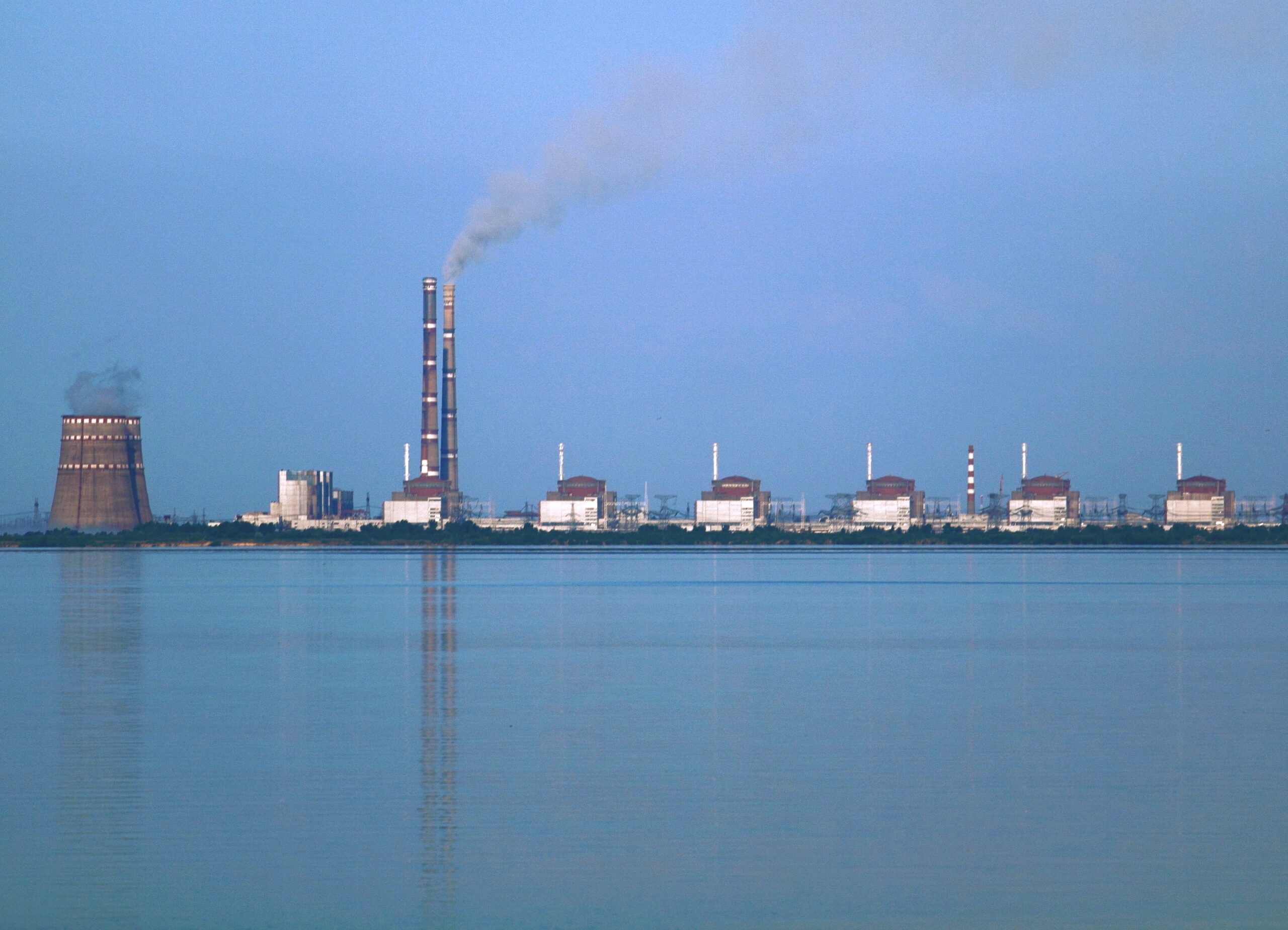
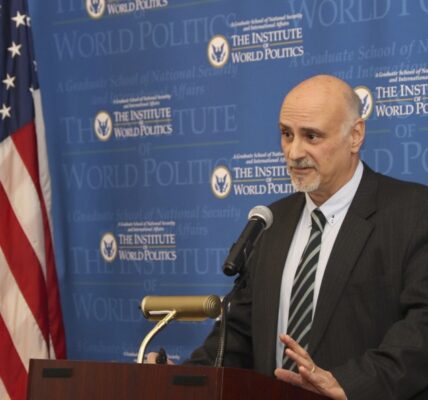


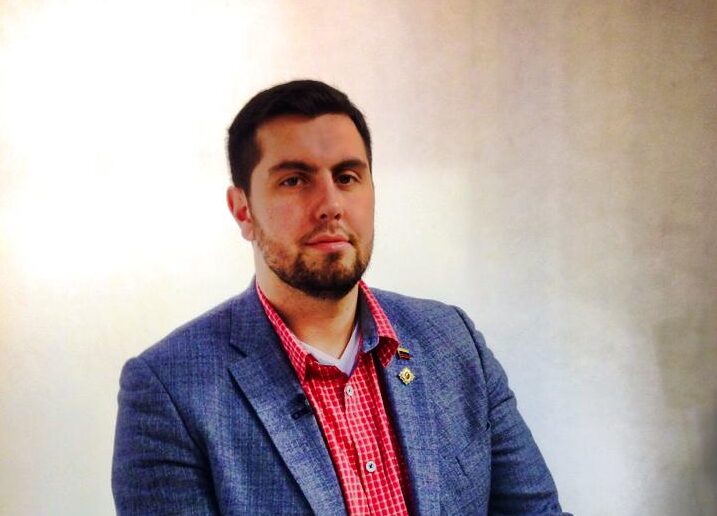




























































































































































































































































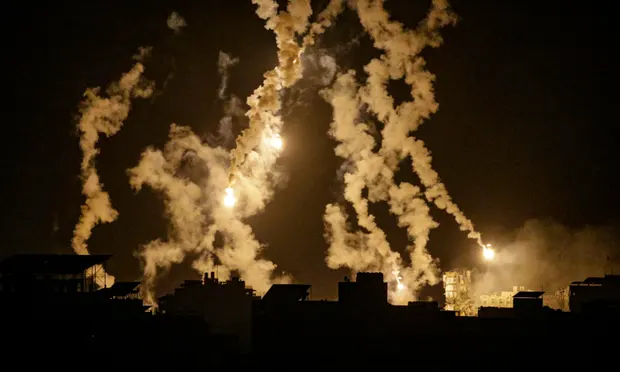
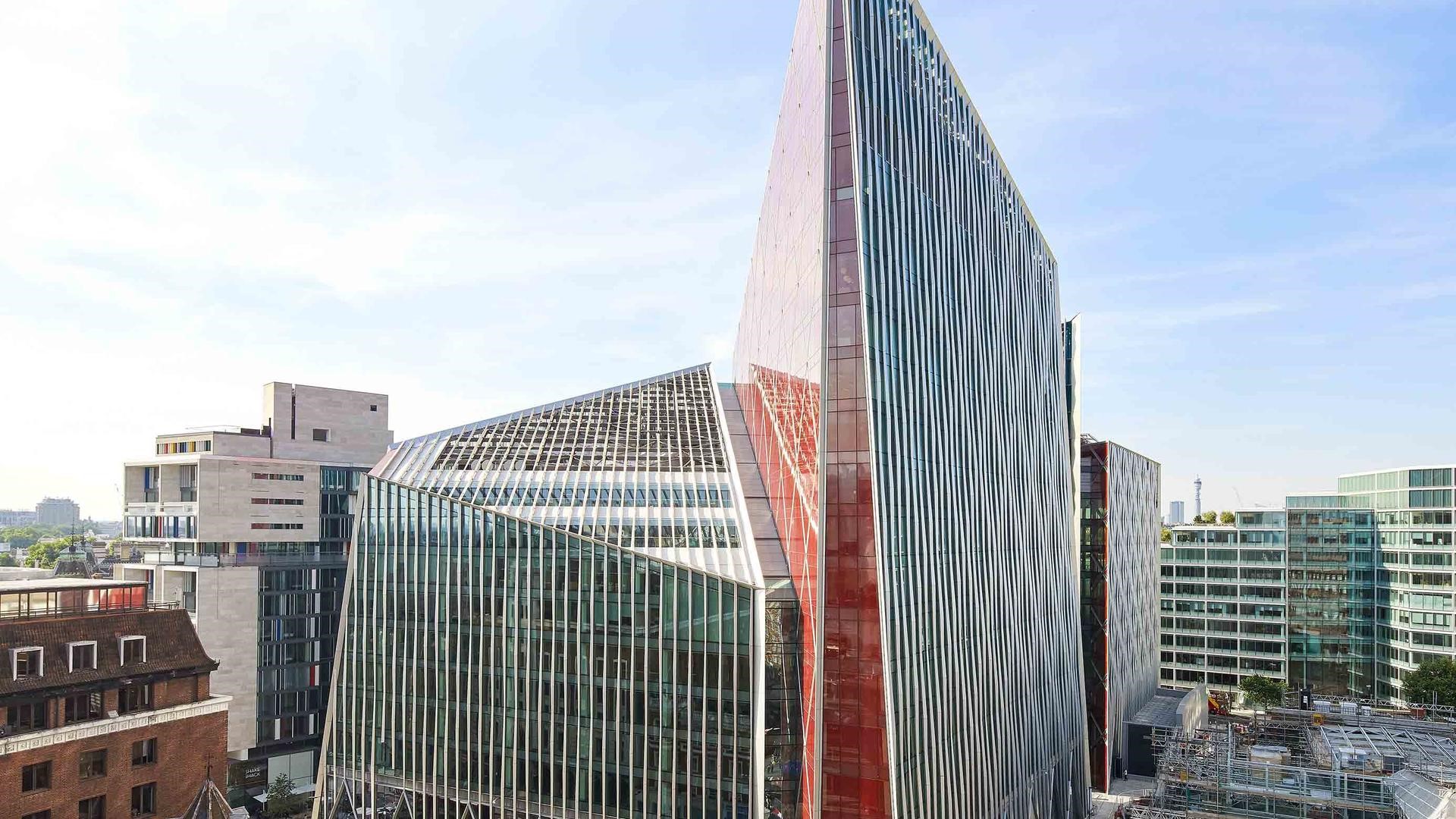
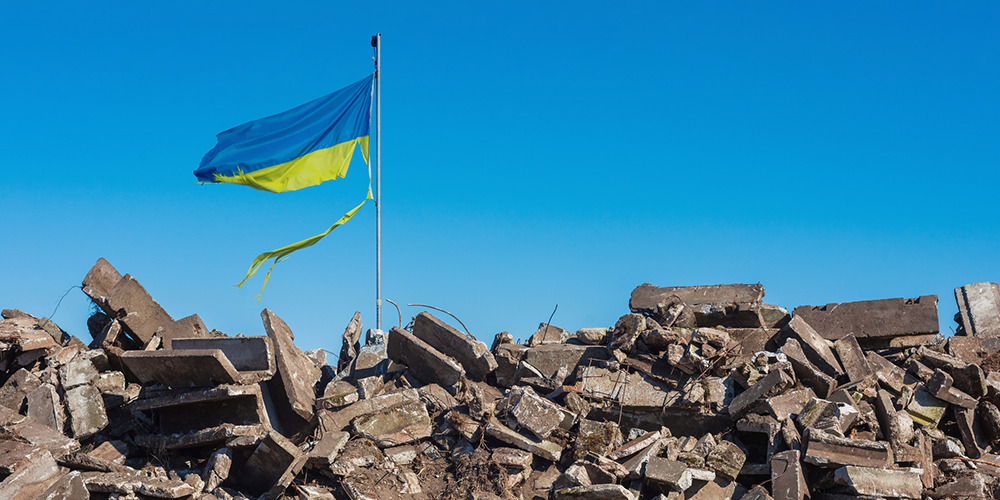
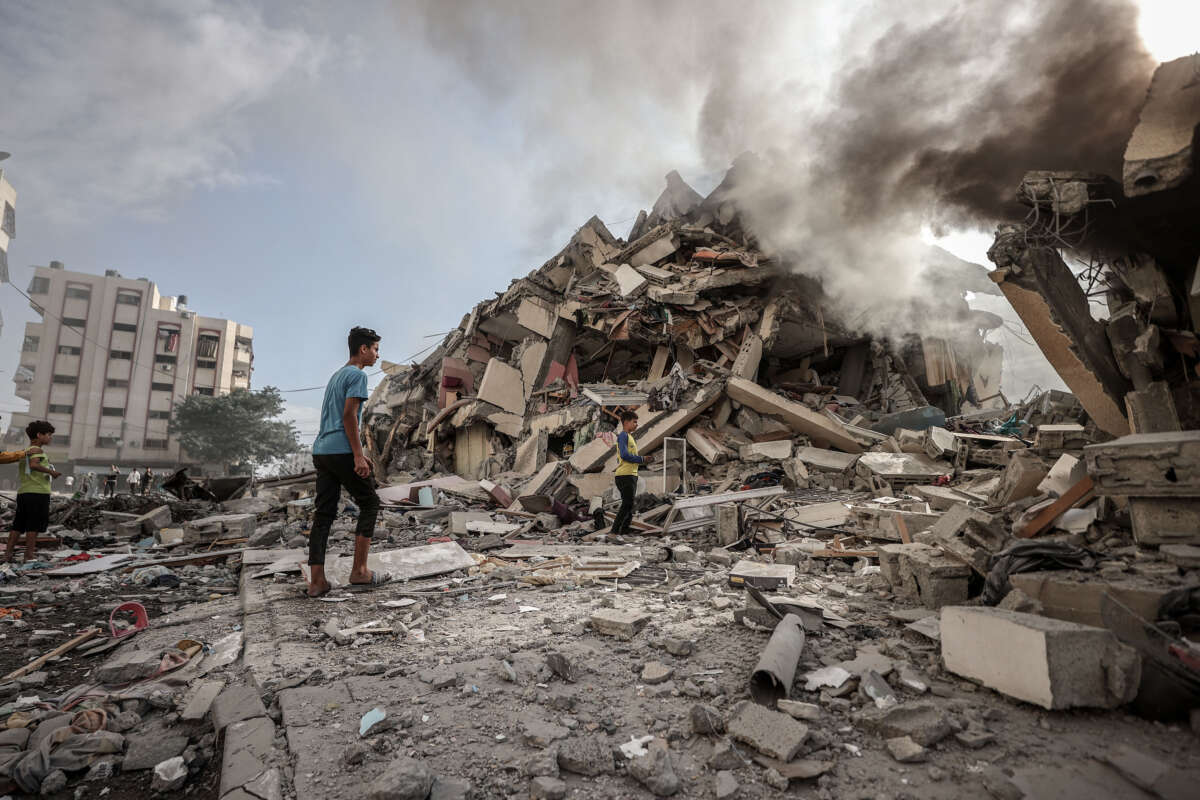












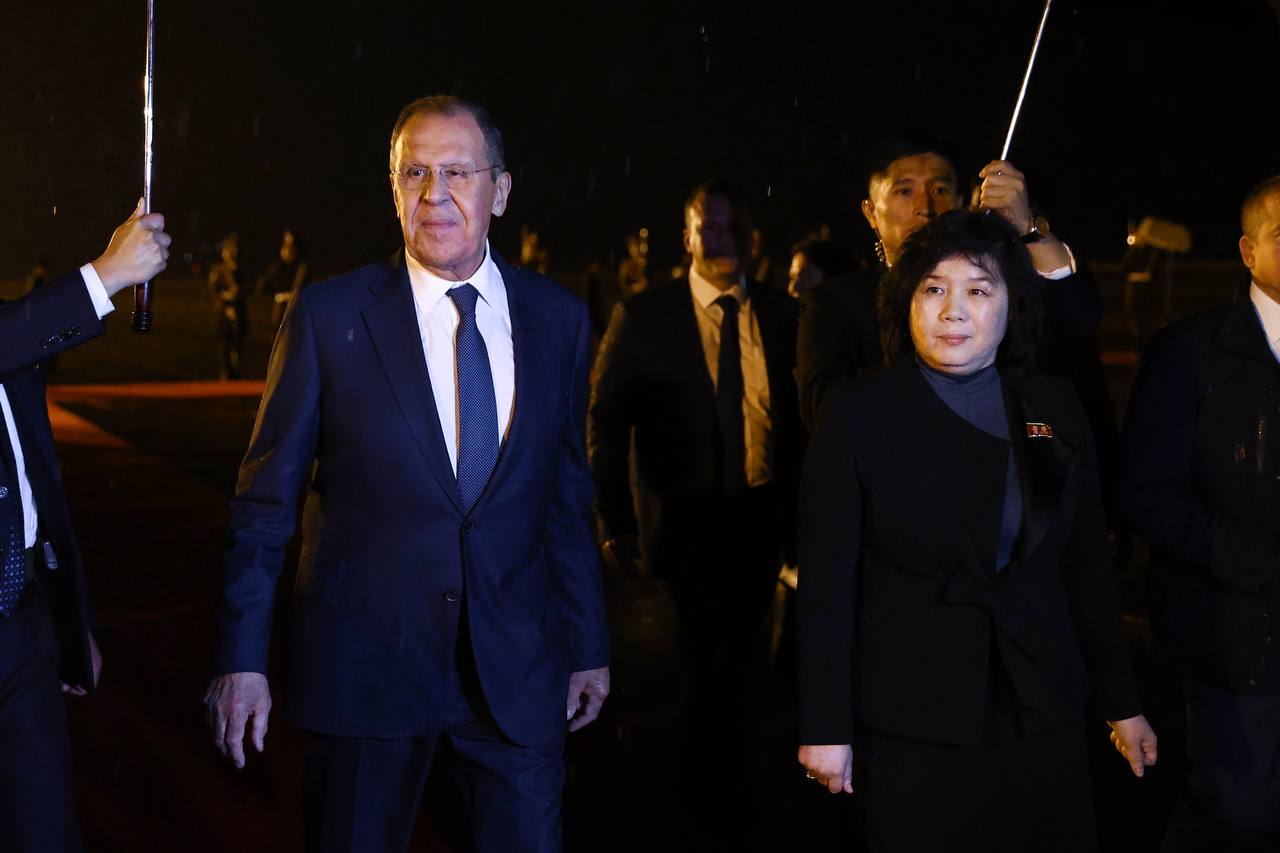
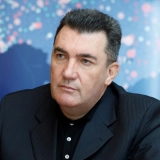
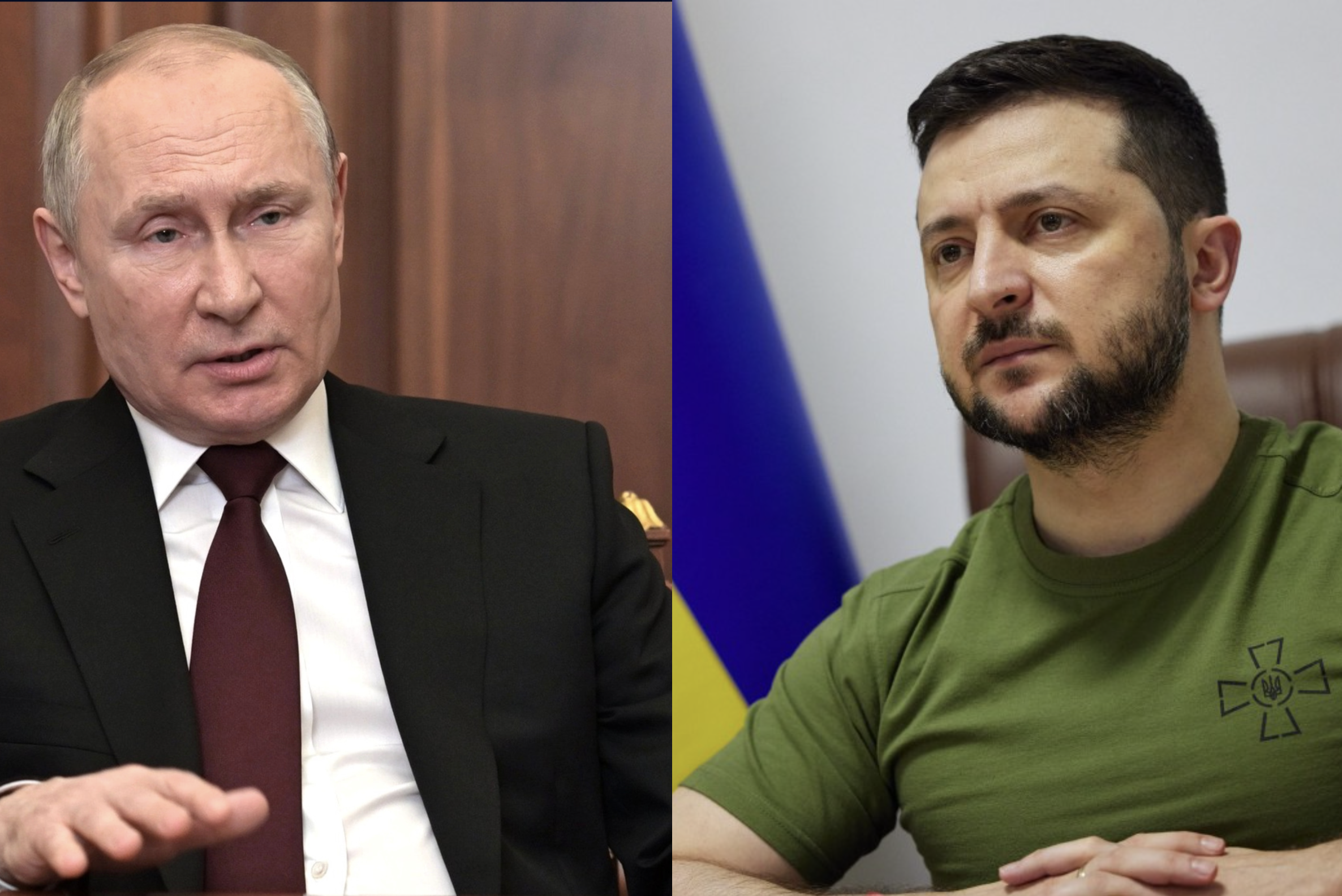

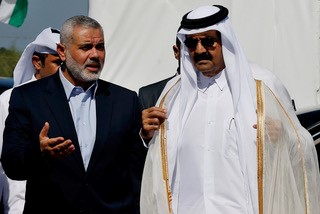
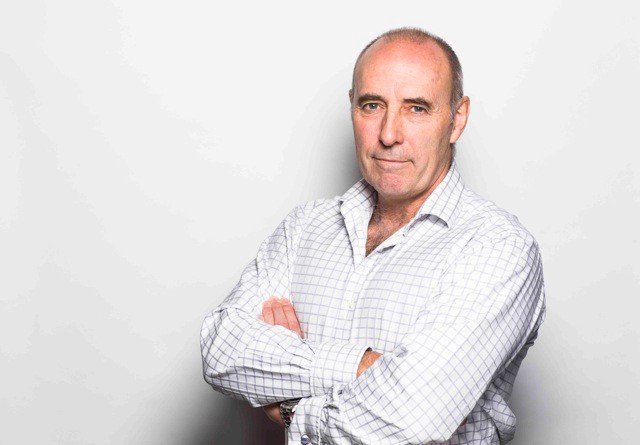
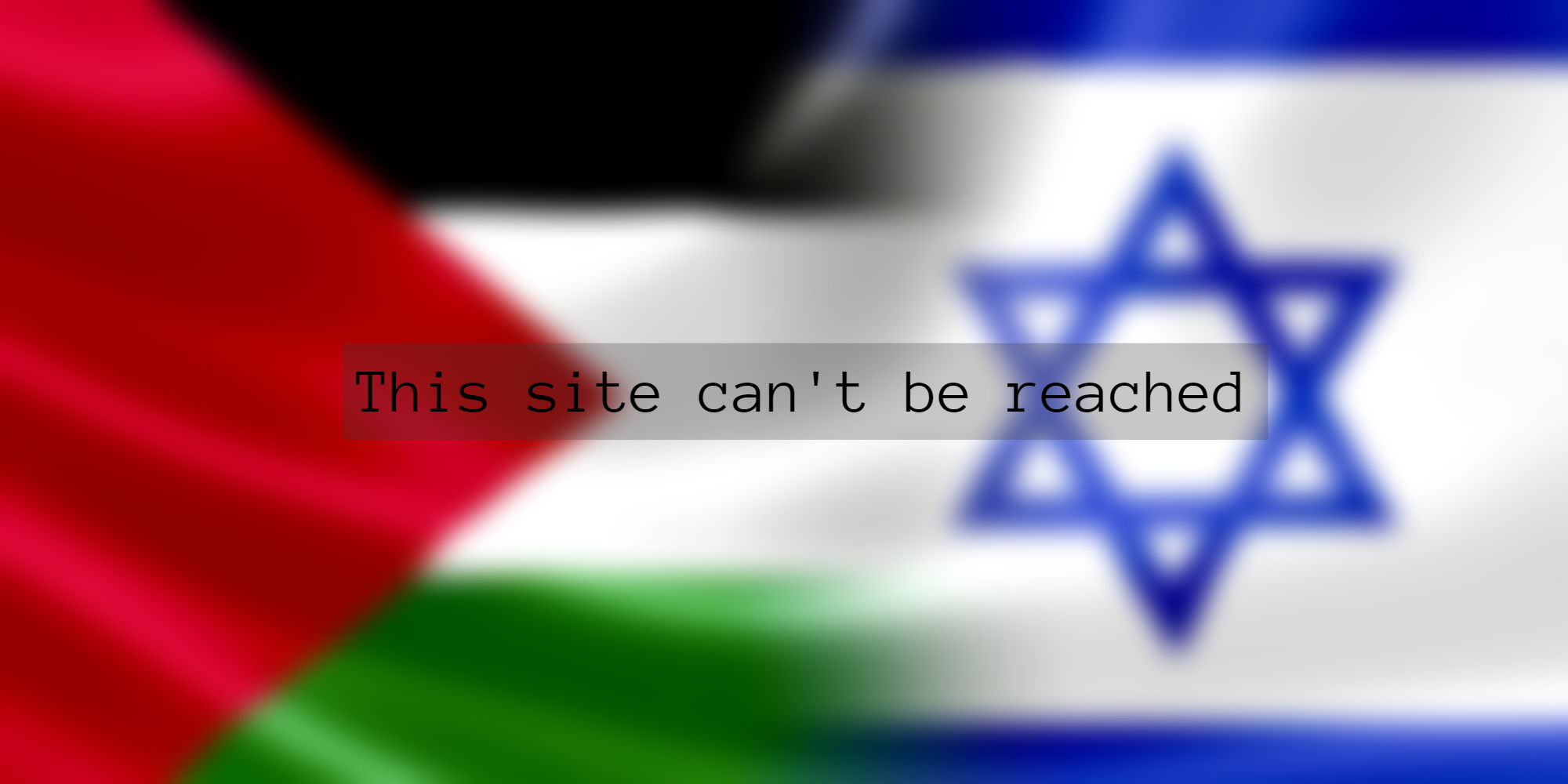
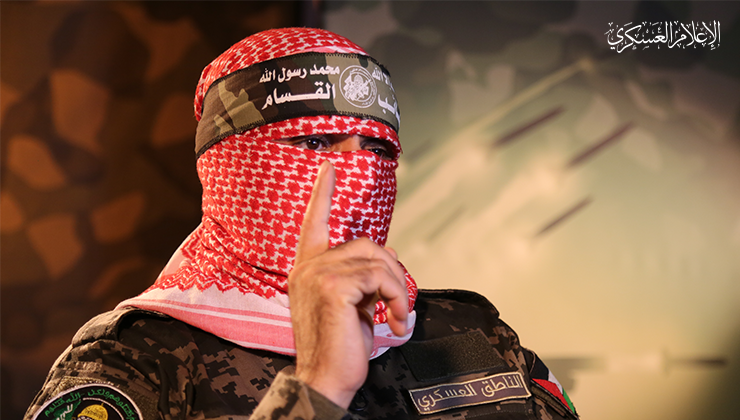

2 COMMENTS
Comments are closed.